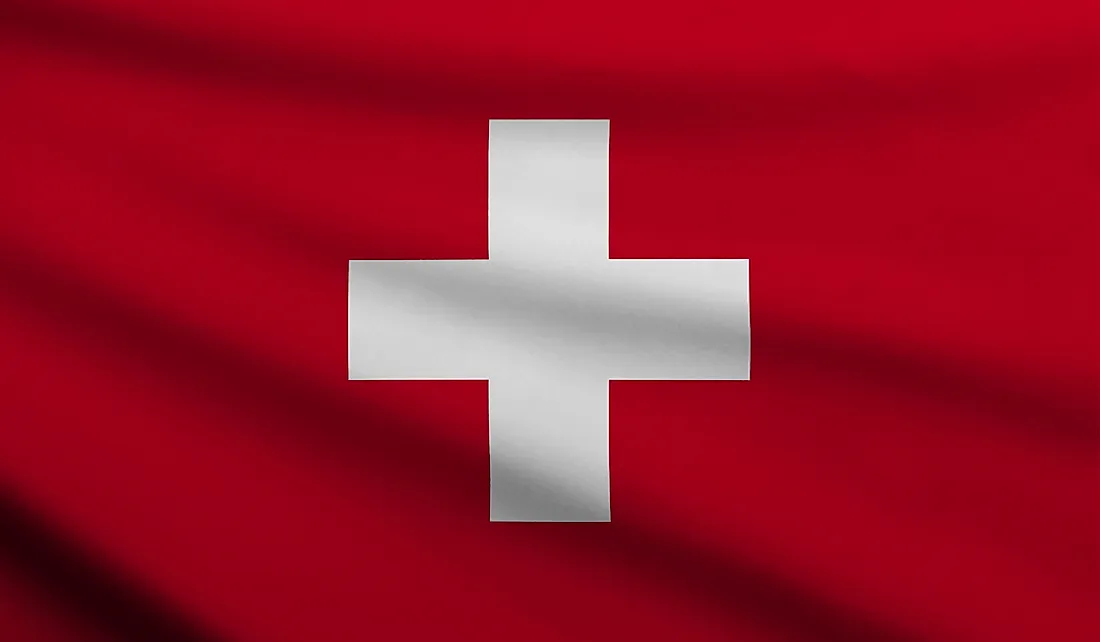Does Switzerland Have A President Or A Prime Minister?

Switzerland was established as a confederation in 1291 and was later re-established as a centralized federal government in 1874 through the 1848 constitution. The president of the Swiss Confederation is the chief of state and a member of the federal council. The president and vice-president are elected indirectly to a one-year term by the Federal Assembly. Elections are held on different dates for various government units as decided by the respective cantons. Switzerland is a direct democracy where the citizens are the highest political authority allowed to participate in all spheres of government activities.
Does Switzerland Have A President Or A Prime Minister?
The Federal Council
The Federal Council is a seven-member executive council responsible for Switzerland’s federal administration since its establishment in 1848. The presidency of the council rotates around the seven members with the vice-president automatically becoming the next president. Johann Schneider-Amman, a businessman, and politician, is the current president whose term began in January 2016. Doris Leuthard, Johann’s successor, is to take office on January 1, 2017. Leuthard is the fifth woman to be elected to the Federal Council and served as the president in 2010.
The Federal Chancellery
The Federal Chancellery is the Federal Council’s staff organization headed by the Federal Chancellor, elected to a four-year term by the Federal Assembly. The Federal Chancellor acts as the secretary of the Federal Council with the responsibility of writing reports and publishing federal laws. Walter Thurnher is the current Federal Chancellor of Switzerland whose term began in January 2016. The physicist has previously worked in the chancellery as a chief of staff of the Federal departments of Economic Affairs, Foreign Affairs, and environment, transport, energy and communications.
The Federal Assembly
The Federal Assembly is the legislative unit of the federal government. The Federal Assembly is bicameral with the National Council and the Council of States. The two units sometimes merge into a United Federal Assembly for various reasons such as to arbitrate conflicts between federal executives, to elect federal executives, when listening to special instructions and to issue pardons.
•The Council of States: The Council is the upper house of the Federal Assembly made up of 46 Councillors: 40 who represent the 20 cantons and six who represent the six-half- cantons. The Councillors are elected through a popular election for a four-year term. The cantons decide on the date to conduct the election. Ivo Bischofberger, a political scientist, is the current president of the Council of States since November 2016
•The National Council: The Council is the lower house of the Federal Assembly with 200 National Councillors who are elected to a four-year term. Elections are held every four years, citizens choosing their representatives depending on the Canton’s percentage population in the national population. The council has four three-week sessions every year.
The Federal Courts
The Federal Courts are the legal system of Switzerland composed of the Federal Supreme Court, Federal Criminal Court, and the Administrative Courts. The courts are responsible for maintaining justice. The Supreme Court handles matters such as organized crimes, terrorism and crimes against federal institutions. Each canton has its courts. Gilbert Kolly has been the President of the Federal Supreme Court of Switzerland since 2012.
Does Switzerland Have A President Or A Prime Minister?
| Key Figures in the Swiss Government in 2016 | Role |
|---|---|
| Johann Schneider-Ammann | President of the Federal Council |
| Doris Leuthard | Vice-President of the Federal Council |
| Walter Thurnherr | Federal Chancellor |
| Ivo Bischofberger | President of the Council of States |
| Jürg Stahl | President of the National Council |
| Gilbert Kolly | President of the Federal Supreme Court of Switzerland |











